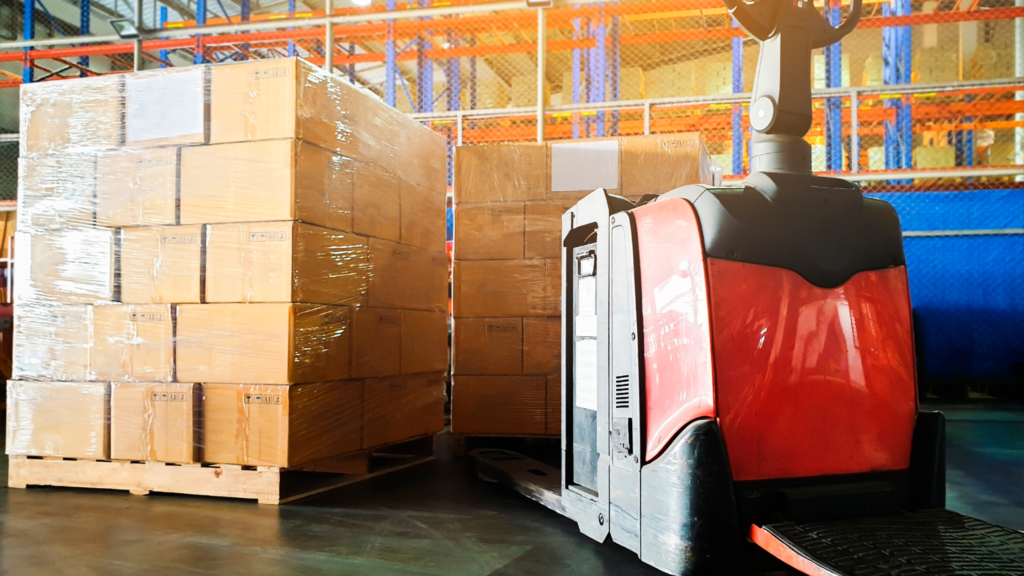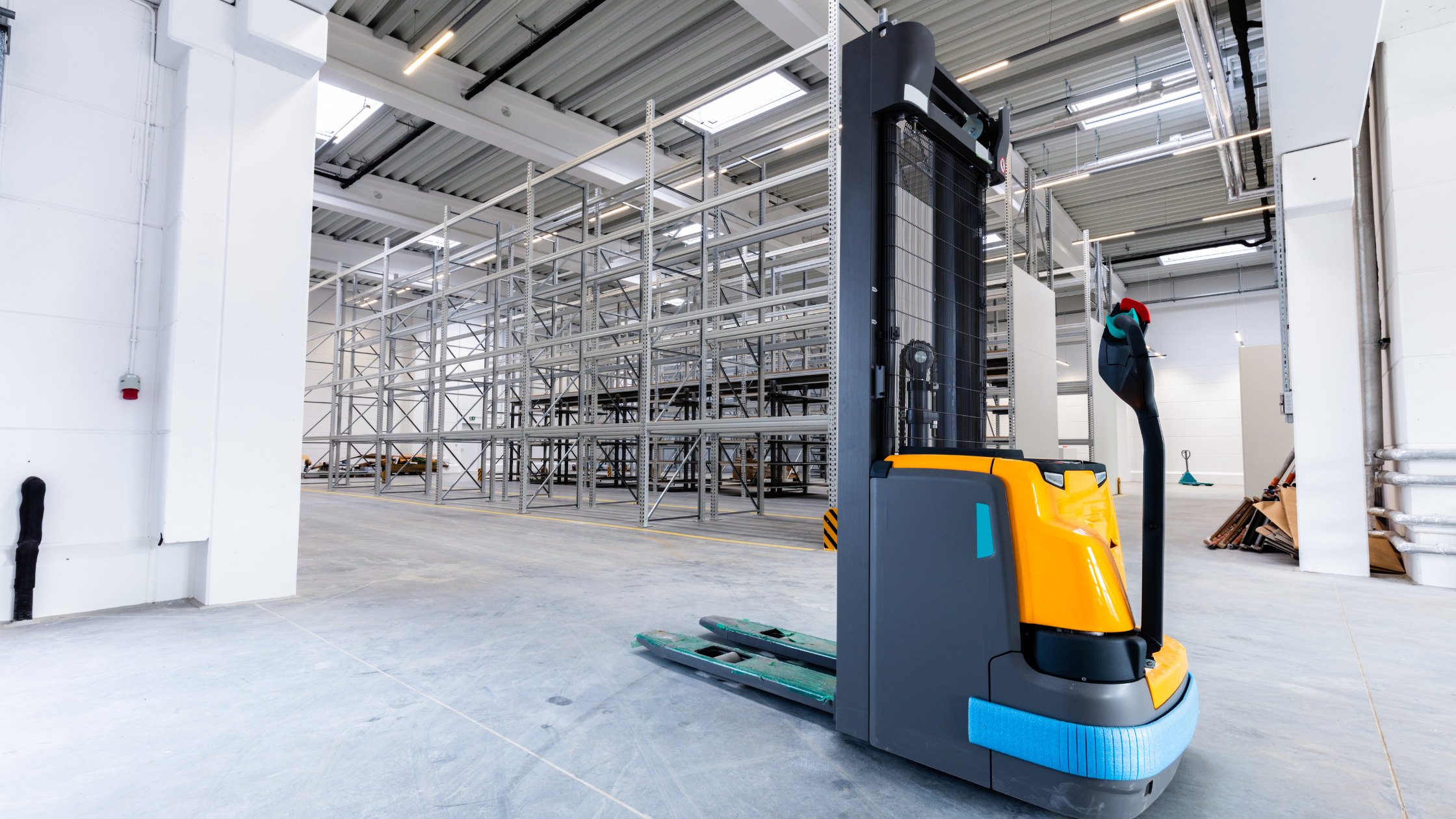Material handling is a critical aspect of various industries, encompassing the movement, storage, control, and protection of goods and products throughout the manufacturing, distribution, and logistics processes. While efficient material handling is essential for smooth operations, it also poses potential risks to workers and the workplace environment. Implementing comprehensive safety measures is paramount to ensure the well-being of employees and the integrity of the materials being handled. This article provides a complete checklist of safety measures that organizations should adhere to in material handling processes.
Employee Training and Awareness:
Conduct thorough training programs for employees involved in material handling tasks.
Ensure workers are aware of the potential hazards and risks associated with specific materials.
Regularly update training to incorporate new safety protocols and equipment usage.
Proper Equipment Selection:
Choose appropriate material handling equipment based on the nature, size, and weight of the materials.
Regularly inspect and maintain equipment to ensure optimal functionality.
Provide training on the correct usage of material handling equipment.
Personal Protective Equipment (PPE):
Mandate the use of appropriate PPE, such as gloves, safety shoes, helmets, and eye protection.
Regularly check and replace damaged or worn-out PPE.
Educate employees on the importance of using PPE consistently.
Ergonomics and Workstation Design:
Design workstations ergonomically to reduce strain and fatigue.
Ensure that workstations are well-lit to prevent accidents.
Encourage regular breaks to prevent musculoskeletal disorders.
Material Storage and Organization:
Implement a systematic storage system to prevent clutter and congestion.
Clearly label materials and storage locations.
Store heavy items at lower levels to minimize the risk of falls.
Load Limit Awareness:
Clearly mark load capacities on shelves, racks, and material handling equipment.
Train employees to recognize and adhere to load limits.
Implement a system for reporting and addressing overloads promptly.

Safe Lifting Techniques:
Train employees in proper lifting techniques to avoid back injuries.
Encourage the use of mechanical aids like forklifts, pallet jacks, or conveyor belts for heavy loads.
Emphasize the importance of team lifting for large or awkwardly shaped items.
Regular Inspections and Maintenance:
Conduct routine inspections of material handling equipment and storage systems.
Schedule regular maintenance to address potential issues before they become hazards.
Create a reporting system for employees to notify maintenance of any concerns.
Emergency Response and Evacuation Plans:
Develop and communicate clear emergency response and evacuation plans.
Conduct regular drills to ensure employees are familiar with evacuation procedures.
Provide easily accessible emergency exits and evacuation routes.
Fire Safety:
Implement fire prevention measures, such as proper storage of flammable materials.
Install fire extinguishers and ensure they are regularly inspected.
Train employees in the use of fire extinguishers and the importance of early reporting of fire hazards.
Communication Protocols:
Establish clear communication protocols for material handling tasks.
Use signs and labels to convey important safety information.
Encourage open communication between workers and supervisors regarding safety concerns.
Environmental Considerations:
Consider environmental factors such as temperature and humidity when handling certain materials.
Implement measures to protect materials from environmental damage during handling.
Train employees on the specific considerations related to the materials they handle.
Prioritizing safety in material handling is not only a legal requirement but also a fundamental responsibility to protect the well-being of employees and the efficiency of operations. By implementing the comprehensive checklist provided in this article, organizations can significantly reduce the risk of accidents, injuries, and damage to materials. Regular training, proper equipment usage, and a proactive approach to safety will contribute to a secure and productive material handling environment. Remember, a safe workplace is a productive workplace.
Are there any specific regulations or standards that businesses need to adhere to in material handling safety?
Yes, several occupational safety and health regulations provide guidelines for material handling safety. Organizations should be familiar with regulations such as OSHA (Occupational Safety and Health Administration) in the United States, and similar regulatory bodies in other countries. Adhering to these standards ensures that businesses maintain a safe working environment, reducing the risk of accidents and injuries.
How do I choose the right pallet jack for my specific needs?
Selecting the right pallet jack involves considering factors such as load capacity, fork length, and type of pallets used. Determine the average weight of the loads you’ll be handling, ensuring the pallet jack’s capacity exceeds this weight. Fork length should match the dimensions of the pallets commonly used in your operations. Additionally, choose between manual and electric pallet jacks based on the frequency and intensity of usage.
What role does technology play in enhancing material handling safety?
Technology plays a crucial role in improving material handling safety. Advanced sensors and automation in equipment can help prevent collisions, detect overloads, and enhance overall operational safety. Additionally, the integration of data analytics can provide insights into safety trends, enabling organizations to proactively address potential hazards and continuously improve safety protocols.
How can organizations encourage a safety-oriented culture among employees in material handling processes?
Creating a safety-oriented culture requires a multifaceted approach. Organizations can conduct regular safety training programs, encourage open communication about safety concerns, and recognize and reward safe practices. Additionally, involving employees in the development of safety protocols and providing easy access to safety resources can foster a sense of responsibility and awareness regarding material handling safety.
Is there a recommended procedure for handling hazardous materials in the context of material handling safety?
Yes, handling hazardous materials requires strict adherence to safety protocols. Organizations should develop specific guidelines for the handling, storage, and transportation of hazardous materials. This includes proper labeling, employee training, and the use of specialized equipment. Compliance with relevant regulations, such as hazmat regulations, is crucial to ensure the safe handling of hazardous materials.

